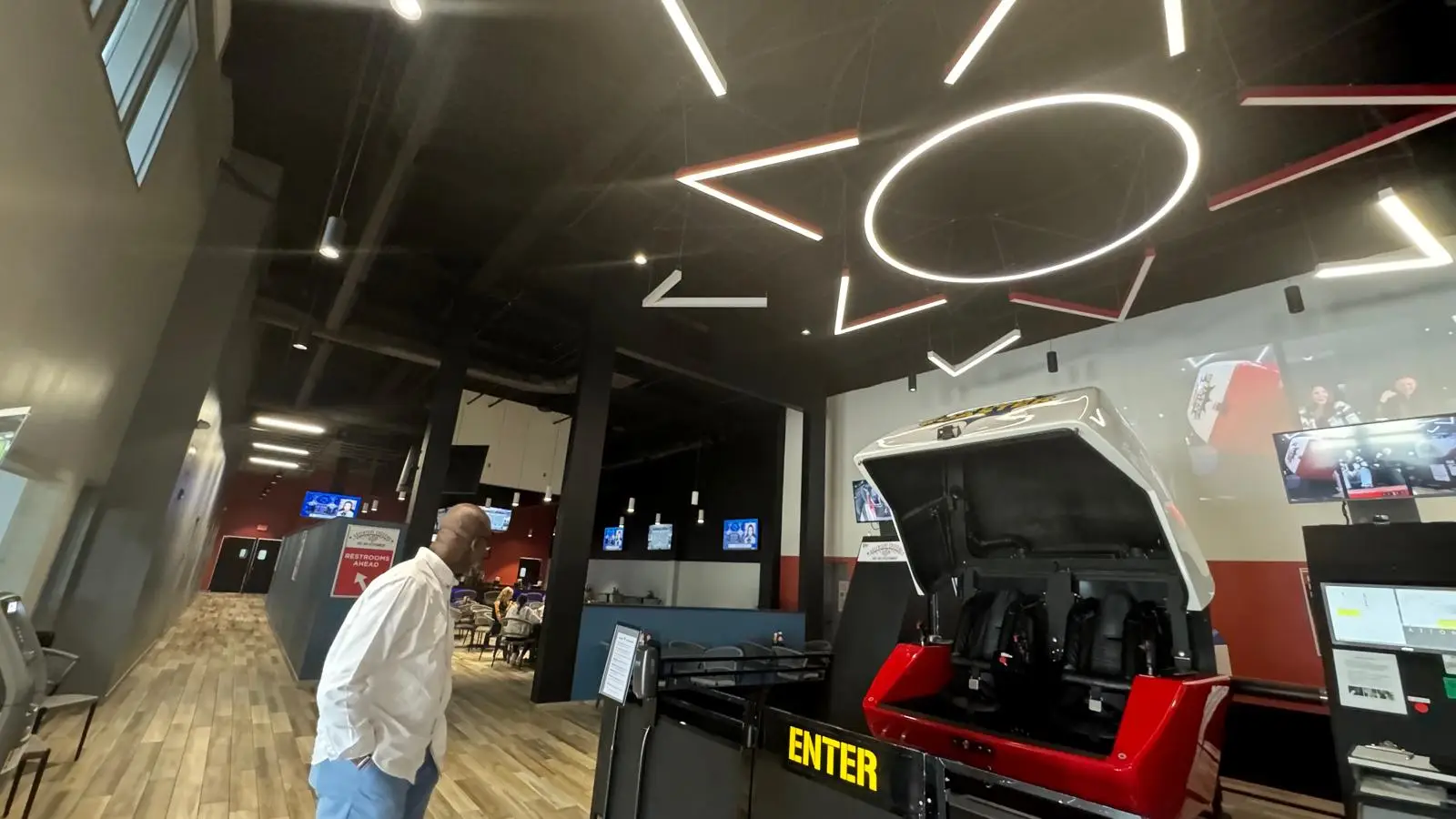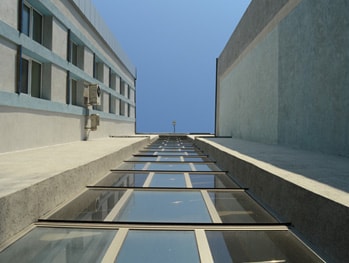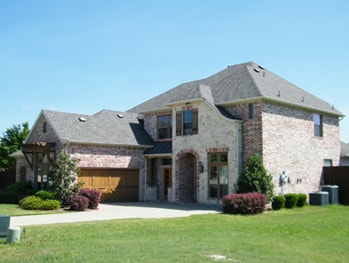The Future of Building Management with PoE Monitors
As the world becomes more connected and technology continues to advance, building management is undergoing a significant transformation. Power over Ethernet (PoE) monitors are at the forefront of this change, providing an efficient and effective solution for managing smart buildings. In this blog, we’ll explore how PoE monitors are revolutionizing building management and what the future holds for this innovative technology.
Understanding PoE Technology
Power over Ethernet (PoE) technology allows both data and electricity to be transmitted over standard Ethernet cabling. This technology simplifies networking and decreases the need for separate power sources, thus streamlining installation processes. It is pivotal in modern building management where connectivity and energy efficiency are paramount.
The PoE technology works by sending power alongside data, achieving this through advanced transmission methods that enable devices to receive electrical power over the same cable as their data signal. This dual functionality reduces costs and simplifies infrastructure. By utilizing PoE, buildings can minimize wiring clutter and improve the aesthetic and safety aspects of installations.
Furthermore, PoE technology supports a variety of devices, including cameras, access points, and, of course, PoE monitors. This versatility underscores its significance for smart building systems where reliable power and communication are essential. As such, understanding the technicalities of PoE is crucial for anyone involved in building management today.
Benefits of Using PoE Monitors
This section will delve into the advantages of adopting PoE monitors, including cost efficiency, ease of installation, and improved energy management. A primary benefit of PoE monitors is their ability to reduce installation costs significantly. By eliminating the requirement for separate power lines, PoE monitors streamline setup and allow quick deployment across various facilities.
Additionally, they offer enhanced energy management capabilities. PoE monitors enable building operators to control power usage remotely, monitoring energy consumption in real-time. This not only leads to potential cost savings but also promotes sustainability initiatives. By understanding energy patterns and usage, facilities can implement strategies to reduce their carbon footprint.
Furthermore, the ease of installation means that buildings can be upgraded to use PoE technology with minimal disruption. This advantage makes it an attractive option for retrofitting older buildings or incorporating new technology into existing infrastructures. As we consider the evolving landscape of building management, these benefits position PoE monitors as an essential tool for modern facilities.
Finally, it’s worth mentioning that the adaptability of PoE monitors leads to a more interconnected building environment. With the ability to power multiple devices via a single point, these monitors enable a unified approach to building management and control.
How PoE Monitors Enhance Building Management Systems
Here, we will discuss how PoE monitors integrate with existing building management systems, improving monitoring and control capabilities. The core power of PoE monitors lies in their seamless integration with various building management systems (BMS). This integration allows for a centralized approach to monitoring that enhances operational efficiency.
By linking PoE monitors with BMS, facilities can automate processes that traditionally required manual oversight. This not only reduces labor costs but also minimizes human error risks. Real-time data availability enables teams to make informed decisions quickly, ensuring that response times are swift during critical situations.
Moreover, the ability to monitor power usage and detect faults can lead to early intervention and preventative maintenance measures, ultimately minimizing downtime. This predictive capability means that issues can be addressed before they escalate, contributing to a smoother operational flow.
In addition, PoE monitors support the deployment of smart sensors and devices throughout a building. This connectivity empowers a smarter, more responsive environment, capable of adapting in real-time to changing conditions and occupant needs. As we embrace the future of building management, the role of PoE monitors as central hubs cannot be underestimated.
Real-World Applications of PoE Monitors
This section will showcase case studies and examples of facilities successfully using PoE monitors for better management and efficiency. Various sectors are actively utilizing PoE monitors to enhance their operations. For instance, educational institutions have begun integrating these monitors into classrooms to control lighting and temperature, optimizing the learning environment while simultaneously cutting energy costs.
Similarly, commercial buildings have been early adopters of PoE technology. By adopting PoE monitors, these facilities can implement intelligent building management systems that further enhance tenant satisfaction through customizable environments that automatically adjust based on occupancy and weather conditions.
Another notable application can be found in healthcare facilities. Here, PoE monitors are used to ensure that critical systems, such as surveillance cameras and alarms, remain operational without interruption. This reliability is vital in providing patient safety and maintaining security protocols.
In retail settings, stores have found that using PoE monitors can simplify operations by providing real-time data on customer traffic patterns and energy consumption. This insight allows for smarter staffing and more efficient energy use, as well as enhanced customer experiences through perfectly timed promotions.
The Future Trends of PoE in Building Management
Finally, we will explore anticipated trends and advancements in PoE technology and how they will shape the future of building management. As the demand for smart buildings continues to rise, the role of PoE technology will only become more significant. Innovations in PoE are expected to enhance power delivery, allowing for more devices to be supported simultaneously, and improving overall system efficiency.
One of the major trends on the horizon is the increased emphasis on real-time analytics. Occupants and facility managers will benefit from data-driven insights that inform decisions regarding energy consumption and operational efficiency. The use of artificial intelligence and machine learning algorithms alongside PoE technology could revolutionize how we interact with building systems, making them incredibly responsive and intuitive.
Moreover, integration with IoT devices is poised to expand. PoE monitors will be central to the growing ecosystem of interconnected devices that communicate and collaborate seamlessly. This integration paves the way for new functionalities, allowing for buildings to not only respond to their environments but also anticipate the needs of the users within.
As we look towards the future, embracing PoE technology and its capabilities will be essential for building managers aiming to create functional, energy-efficient, and adaptable spaces. With such advancements on our doorstep, we can expect the landscape of building management to evolve rapidly, leading to smarter and more sustainable facilities.
Embracing the Future of Building Management
The integration of PoE monitors into building management systems not only enhances efficiency but also paves the way for smarter, more sustainable buildings. As technology continues to evolve, embracing these solutions will be critical for building operators looking to stay ahead of the curve. The future is bright for PoE monitors, and their role in building management will undoubtedly expand.

 Previous Post
Previous Post Next Post
Next Post




